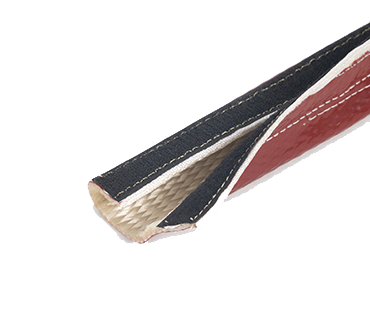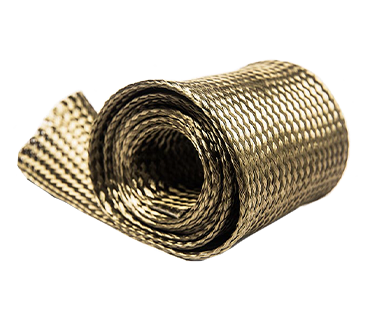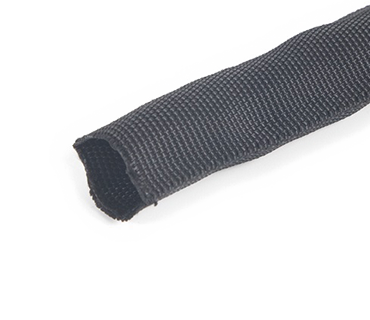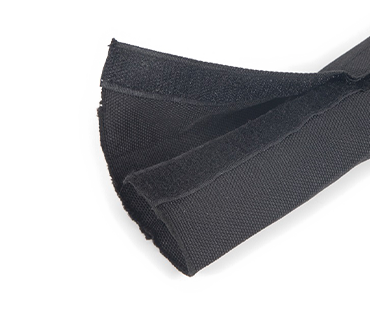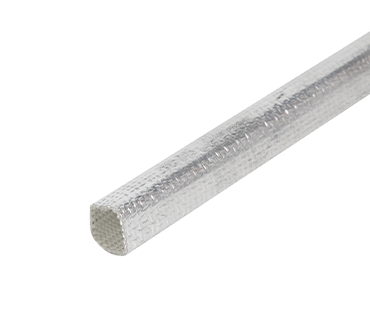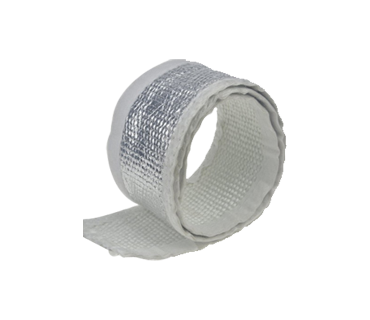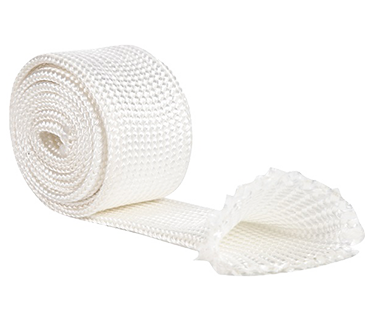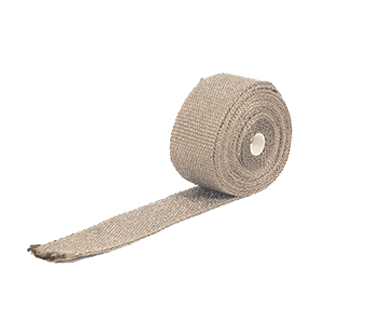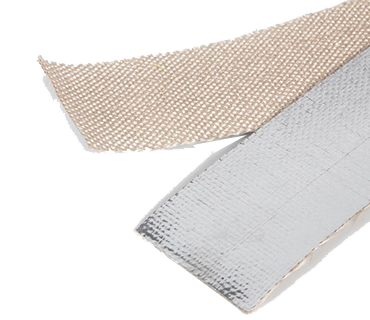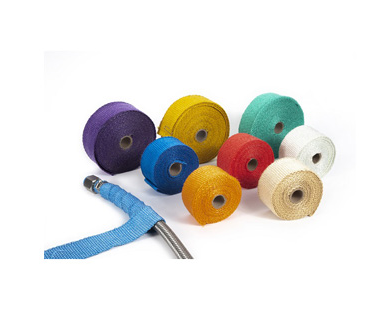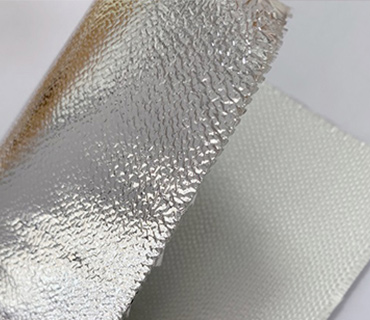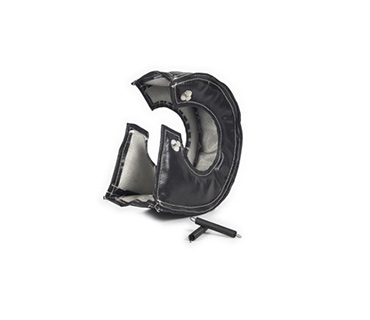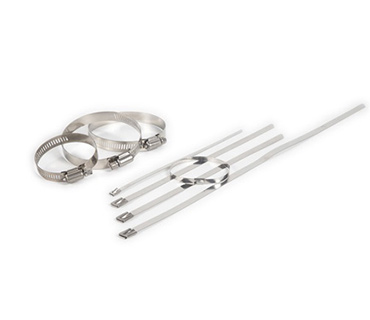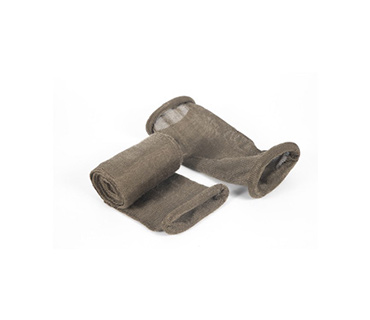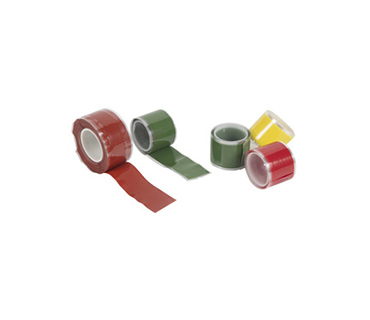The emergence of fireproof sleeve
In traditional manufacturing industries, high-temperature production environments are inevitable, such as metallurgy, ironmaking, and casting industries, where the temperature is extremely high. These industries have one thing in common, which is the use of electricity. The transmission of electricity requires cable equipment to maintain its normal operation. The outer covering of ordinary wires is made of plastic, which will quickly melt when exposed to high temperatures and may even cause spontaneous combustion at extremely high temperatures. Therefore, this fireproof sleeve that can withstand high temperatures has emerged.
The fireproof sleeve, which has both fireproof and high-temperature-resistant properties, can be applied to various working environments, especially in high-temperature areas. When using fire sleeves, it is necessary to choose the appropriate sleeving according to the actual working conditions, such as the conventional temperature of the required protective equipment, the specifications of the equipment, and the shape of the protective equipment.
The advantages of fireproof sleeve being widely used in cables
With the rapid development of industrial automation, more and more automated equipment has been introduced into industrial production, especially in high-temperature environments. The electricity needed for its operation needs various cables to transmit. If they are not safely protected, various faults are likely to occur, which will reduce their operating efficiency.
Fireproof sleeve is a kind of protective sleeving that can be applied to various high-temperature environments according to the differences in the materials and manufacturing processes used, to protect cables from damage, thus ensuring the normal operation of equipment and avoiding various faults caused by high temperatures. High-temperature environments can also be divided into many types according to their actual operating temperatures. The sleeving provided by manufacturers on the market can be used to protect cables at 260℃ for a long time, withstand 1000℃ in a short term, and withstand 1650℃ for an instant, and can be used to protect cables in most high-temperature environments.
In some special high-temperature environments, professional advice can also be sought to select protective sleevings that meet temperature resistance requirements, to protect various cables and avoid short circuits caused by direct baking of cable outer covers due to high temperatures, leading to faults or even accidents such as fires. In various high-temperature production workshops, cables with various specifications and uses are prone to damage in high-temperature environments. The emergence of fire sleeves can make cables fearless of high-temperature environments and effectively extend the service life of various cables.

